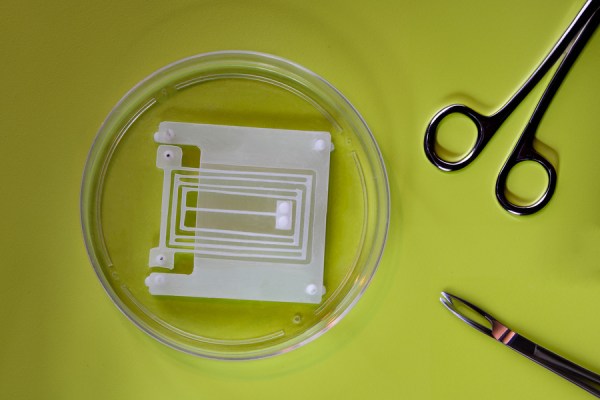Sometimes nature provides the best blueprints for building effective robots. It also can provide the best material. Billions of years of natural selection has built some pretty impressive machinery, so you can’t really blame engineers for borrowing a bit of inspiration from the world around them. In particular, the field of soft robotics — with its flexible and compliant components — owes a lot to animal biology.
While these systems have soft forms, however, many of their components are still rigid like their more traditional counterparts. Researchers are working to bring flexible elements to create locomotion for these soft robots. As MIT succinctly puts it, “our muscles are nature’s perfect actuators.”
The team is going beyond simply mimicking muscles here, however. Researchers at the school are using live muscle tissue in tandem with synthetic robot parts for a classification of robots known as “biohybrid.”
MIT Professor of Engineering Ritu Raman confirmed the process with TechCrunch, noting, “We build the muscle tissues from mouse cells, and then we put the muscle tissues on our robot’s skeleton. The muscles then function as actuators for the robot — every time the muscle contracts, the robot moves.”
The muscle fibers are attached to a “spring-like” device called a “flexure,” which serves as a kind of skeletal structure for the system. Biological muscle tissue can be difficult to work with and generally unpredictable. Left in a Petri dish, the tissue will expand and contract as hoped for, but not in a controlled manner.
In order to be deployed in robotic systems, they have to be reliable, predictable and repeatable. In this instance, that requires the use of structures that are compliant in one direction and resistant in the other. Raman’s team found a solution in Professor Martin Culpepper’s MIT fabrication lab.
The flexures still needed to be tweaked to the specifications of the robot, ultimately opting for structures with 1/100th the stiffness of the muscle tissue. “When the muscle contracts, all the force is converted into movement in that direction,” Raman notes. It’s a huge magnification.”
The muscle fiber/flexure system can be applied to various kinds of robots in different sizes, but Raman says the team is focused on creating extremely small robots that could one day operate inside the body to perform minimally invasive procedures.
